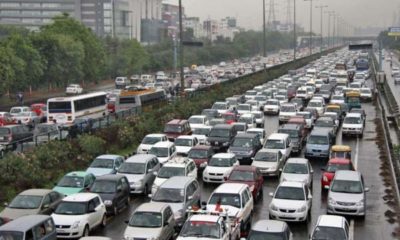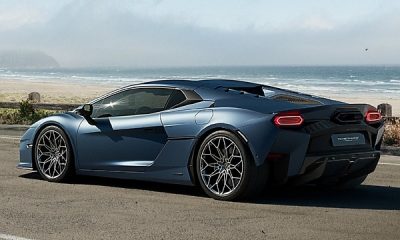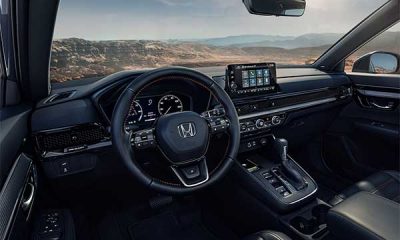When it comes to cars and the automobile industry at large, there are terminologies used to describe certain things that you might not be able to see in our conventional dictionaries.
It may not be possible to know all of these terms and their meaning. This post is for the petrol heads (car lovers) that don’t like being left behind. You occasionally come across these terms on car related blog posts, magazines and other social media platforms.
You want to know what an auto guy means when he talks right? This is for you. Relax, read and enjoy what we have for you.
1. Drophead:

This is the British term for ‘convertible’, It is mostly used by Rolls Royce.
A convertible car simply means an automobile body style that can convert between open-air mode and an enclosed one.
2. Coupe:

It is a car with a fixed-roof body style that is shorter than a sedan or saloon of the same model. We fondly call it ‘two doors’ here in Nigeria.
3. OBD:
This is an acronym for ‘on-board diagnostic’. All cars after the year 1996 come with it. OBD is an interface with which your car communicates with computers in order to troubleshoot and detect car related faults.
4. Horsepower:
This is a measure of how much power (energy) an engine can cough out. In other word, it is the rate at which the engine performs work.
5. Torque:
In simple terms, it’s the amount of rotation a given amount of power can generate.
6. ABS:

This stands for ‘antilock brake system’. It was introduced in the year 1985 as a safety feature to give drivers more control when braking. The ABS system uses sensors to monitor the breaks to prevent skidding during panic stops or when braking hard on a wet or slippery surface.
7. Oversteer:
This occurs when you are cornering. If your rear tires start to lose traction before your front tires do, your car will experience oversteer. This will cause the back end of the car to step out, and you will start to go sideways.
8. Understeer:
This is the opposite of oversteer. When cornering and your front tires start to lose traction before your rear tires do. When this happens, the front of your car will refuse to turn the way you want it to; the rear will still be gripping the road.
9. Pound-foot (pound-feet):
This is used as a measure for torque. Abbreviated as lb.-ft
10. Throttle blip:
Applying a short stab of the throttle in order to raise your engine revs.
11: Drivetrain:
The drivetrain is the part of a vehicle which transfers the engine power to the wheels. It consists of Transmission, Propeller shaft, axles etc. Depending on the vehicle’s design, engine power is transmitted by the transmission to the front wheels, the rear wheels, or to all four wheels.
The wheels receiving power are called drive wheels: They propel the vehicle forward or backward. Most automobiles either are front-wheel or rear-wheel drive. In some vehicles, four-wheel drive is an option the driver selects for certain road conditions; others feature full-time, all-wheel drive.
12. FWD:
Stands for front-wheel drive. This is a type of drivetrain where power to propel the car are all transmitted to the front wheels.
13. RWD:
This stands for rare-wheel drive. This type of drivetrain sends all the power needed for propelling the vehicle to the rear wheels.
14. AWD:
Vehicles equipped with all-wheel drive transmit power to all four wheels at all time.
15. 4WD:
It stands for four-wheel drive.
A 4WD system is almost the same with the AWD, but it is more rugged. A 4WD system can be part-time or full-time. The driver selects the mode the car will operate on (part-time). It is full time when the driver has no control over it.
Feel free to use the comments section to tell us other terminologies you know.

 News1 week ago
News1 week ago
 News7 days ago
News7 days ago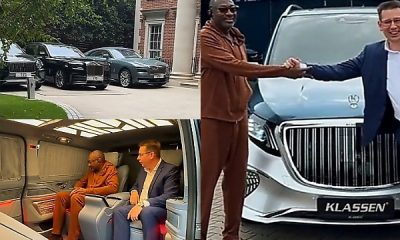
 Celebrities Auto1 week ago
Celebrities Auto1 week ago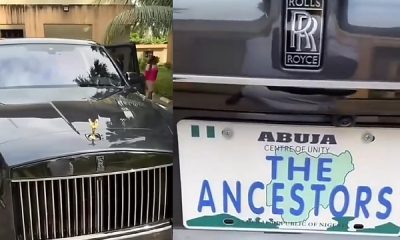
 News5 days ago
News5 days ago
 News1 week ago
News1 week ago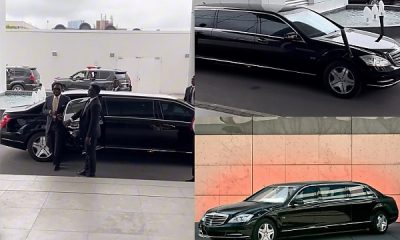
 News5 days ago
News5 days ago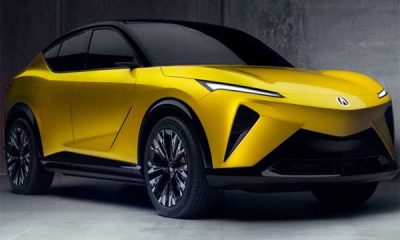
 Concept Cars7 days ago
Concept Cars7 days ago
 Celebrities Auto6 days ago
Celebrities Auto6 days ago



